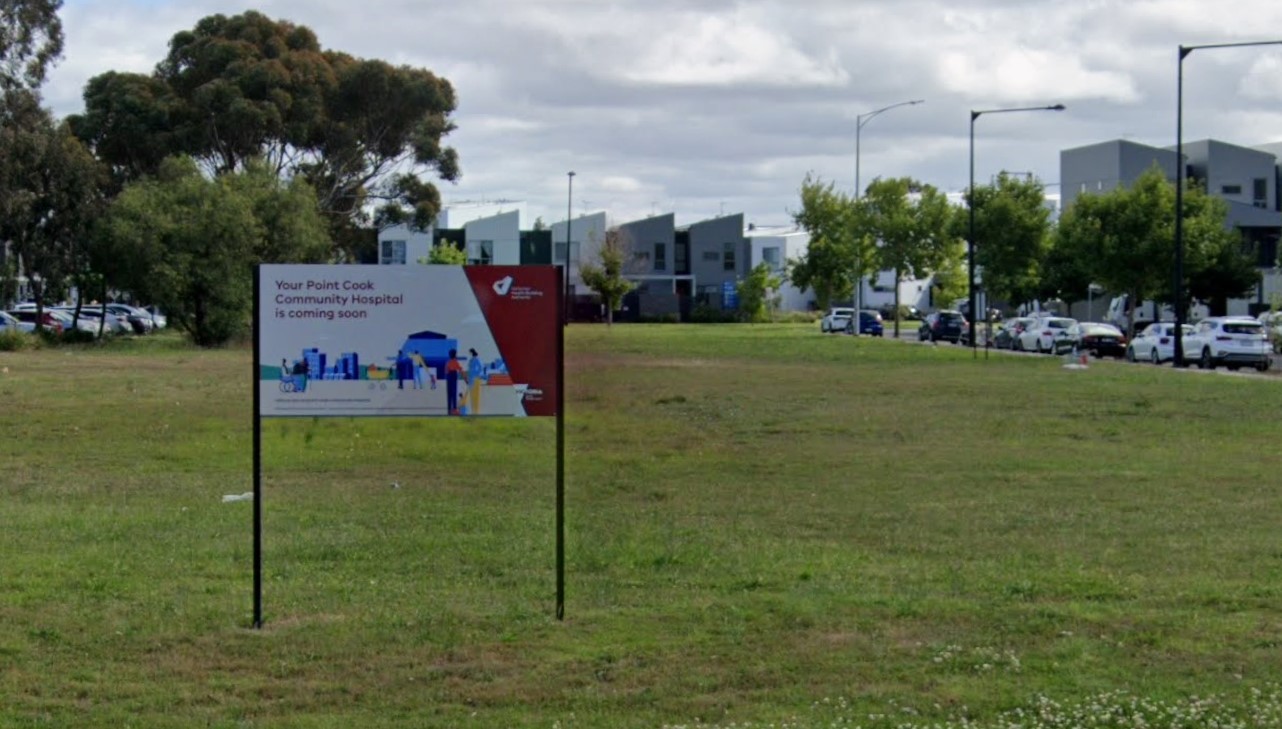24
Oct 2023
How To Know What Kind Of Treatment Does Your Body Need
Published in General on October 24, 2023

Are you feeling run down, tired, and stressed out? If so, it could be a sign that your body needs some kind of treatment. But with the huge array of different treatments available these days (from herbal remedies to OTC medications to treatments offered by professionals like massage therapists or naturopathic doctors), how do you know which one is right for you? Let's look at what kinds of treatments are available and how to decide which option is best for helping you stay healthy and feel better.
Know if you need a kinesiologist or a physiotherapist
Are you experiencing pain or discomfort due to an injury or illness? Then, you want to seek the right kind of medical professional to guide your recovery. Kinesiologists and physiotherapists both provide treatment for injuries and physical ailments, but their approaches differ slightly. If you don't know the difference between the two, visit Rehab49.com to learn more. In general, kinesiologists focus on exercise and movement to improve overall physical function while
physiotherapists focus on a broader range of treatments to address pain, mobility, and physical impairments. To determine which specialist is right for you, consider the specific symptoms you're experiencing and the type of treatment that would best address those symptoms.
Determine your body type
Understanding your body type is an essential step for figuring out what kind of treatment it needs. There are generally three distinct types: ectomorph, mesomorph, and endomorph.
Ectomorphs are naturally thin and have a hard time gaining weight; mesomorphs are usually muscular and athletic; and endomorphs tend to gain weight quickly and struggle to lose it.
Knowing your body type can help you tailor your diet, exercise routine, and even the types of treatments that would best suit your body's needs. For example, ectomorphs may benefit from more strength training in their workout regimen while endomorphs may need to focus on cardiovascular exercises and a low-fat diet to maintain a healthy weight.
Listen to your body
If you're feeling tired or in pain, don't ignore these symptoms. Take the time to examine why you might be feeling this way, and what kind of treatment or care might alleviate the problem. It's never a good idea to push through intense pain or exhaustion, as this can lead to further complications. Whether you seek out medical attention, adjust your daily routine, or simply take some time to rest, be sure to prioritize your health and well-being. If you don't pay attention to your symptoms, they may escalate and become more difficult to treat in the future.
Identify any potential health issues
Last but not least, assess any underlying health issues that could be contributing to your current condition. Sometimes we might not even be aware of certain conditions that could be affecting our health. It's possible that issues with our thyroid, blood sugar levels, or even mental health could have a significant impact on how we feel.
It's always recommended to speak with a healthcare professional to get a proper diagnosis and treatment plan. Taking steps to address any potential health issues can improve our overall health and well-being.
Understanding what treatment your body needs begins with paying attention to your body's signals and considering your unique traits and potential health issues. If you're feeling unwell, don't just shrug it off — your body might be trying to tell you something important. Be proactive about your health, and don't hesitate to seek professional advice. After all, your well-being should always take priority.









